It all comes down to cell regeneration
There are various clinical trial research papers present. Furthermore, this method is being widely used (mainly focused in USA) in the field of integrative and alternative medicine.Cell is a living tissue, a building block of an organ. Thus, shaping the cell to be healthy will naturally lead to a healthy body. Many tissues in human body reacts and make changes based on different spectrum of light energy. For instance, green and blue visible light may have special effect on the red blood corpuscle (aka blood cell) and the effect is more active and aggressive on patients with diabetes, neuropathy, herpes, and acne. Red visible light and near infrared ray has its own distinct treatment range which is dependent on the depth of penetration. Treatment effect varies based on each spectrum and light output. Near infrared ray of 810nm deeply penetrates human body without heat, whereas ray of 850nm produces more heat within the tissue. Also, near infrared ray of 940nm revitalizes nitric oxide production from mitochondria. The following is the range of disease symptom application based on Photobiomodulation.
Disease symptom
-
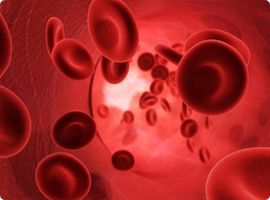
Blood circulation
-
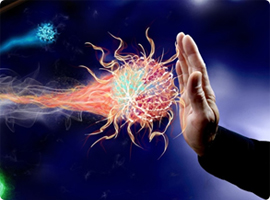
Cancer, Immunity
-

Parkinson's, and other brain diseases
-

Autoimmune disease
-

Pain
-
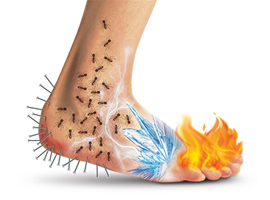
Peripheral nerve disorders
-
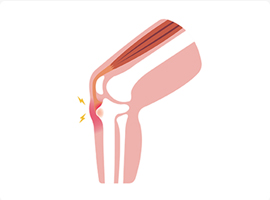
inflammation
-
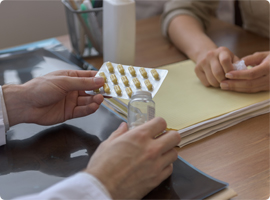
Diabetes
Hearth, sepcial purpose
-
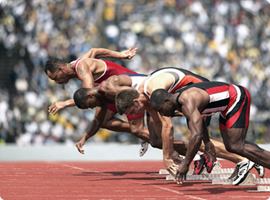
Enhanced competence of professional athletes
-

Skin care, beauty related
-

Insomnia care
-
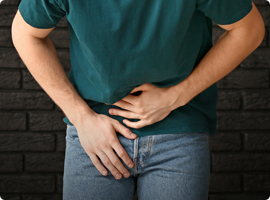
Kidney / prostate disease
Disclaimer : Medical articles and academic information provided on this site are for educational purposes only and are not intended to diagnose, treat, or prevent any disease or to replace the advice of a physician. In addition, when the effects for a specific period, comparisons before and after product use, reviews of use, and end-of-life test results are specified, there may be different results for each user.
Research paper on clinical studies of Low Level Light therapy (LLLT) from Harvard Medical School and Boston University
http://www.ncbi.nlm.nih.gov/pmc/articles/PMC2790317/Biphasic Dose Response in Low Level Light Therapy There have been a large number of both animal model and clinical studies that demonstrated highly beneficial LLLT effects on variety of diseases, injuries, and has been widely used in both chronic and acute conditions. LLLT may enhance neovascularization, promote angiogenesis and increase collagen synthesis to promote healing of acute (Hopknis et al. 2004) and chronic wounds (Yu et al. 1997) LLLT provided acceleration of cutaneous wound healing in rats with a biphasic dose response favoring lower doses (Corazza et al. 2007). LLLT can also stimulate healing of deeper structures such as nerves (Gigo-Benato et al. 2004), tendons (Fillipin et al. 2005), cartilage (Morrone et al. 2000), bones (Weber et al. 2006) and even internal organs (Shao et al. 2005). LLLT can reduce pain (Bjordal et al. 2006a), inflammation (Bjordal et al, 2006b) and swelling (Carati et al. 2003) caused by injuries, degenerative diseases or autoimmune diseases. The paper reported beneficial effect of LLLT on repair processes after injury or ischemia in skeletal and heart muscles in multiple animal models in vivo (Ad and Oron 2001; Oron et al. 2001a; Oron et al. 2001b; Yaakobi et al. 2001). LLLT has been used to mitigate damage after strokes ((in both animals (Lapchak et al. 2008) and humans (Lampl et al. 2007)), after traumatic brain injury (Oron et al. 2007) and after spinal cord injury (Wu et al. 2009).
Disclaimer : Medical articles and academic information provided on this site are for educational purposes only and are not intended to diagnose, treat, or prevent any disease or to replace the advice of a physician. In addition, when the effects for a specific period, comparisons before and after product use, reviews of use, and end-of-life test results are specified, there may be different results for each user.


